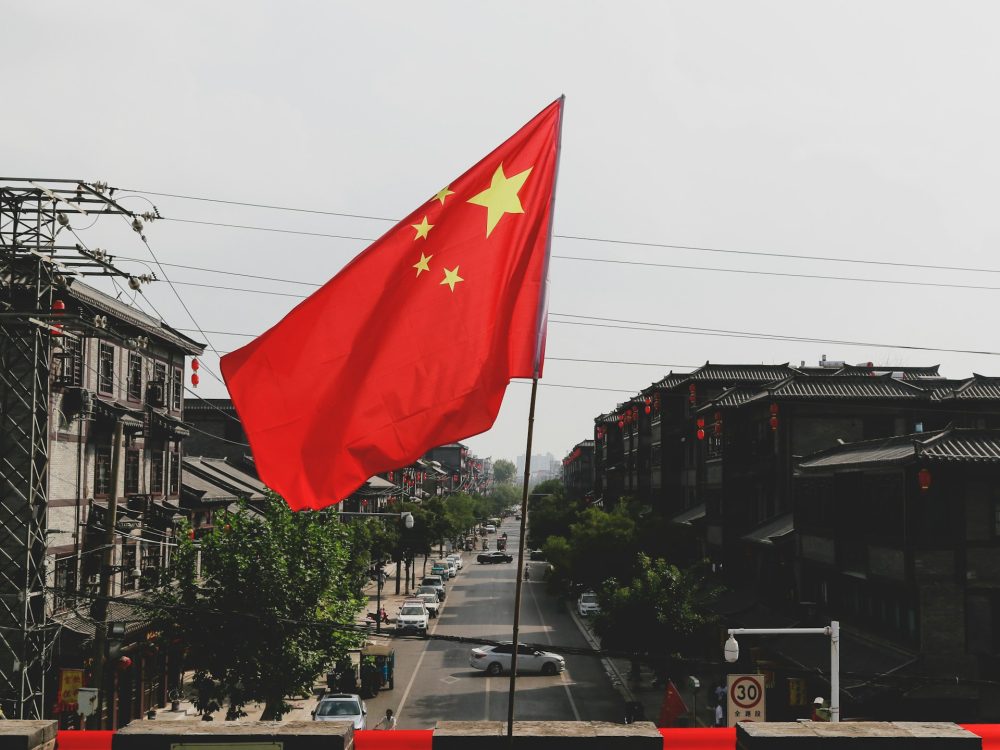Remember the days of pre-pandemic grocery shopping, when you could fill your cart without wincing at the price tags? Those days seem like a distant memory in the face of recent inflation surges. But there's a quiet revolution brewing in the aisles of supermarkets and across various industries – a consumer-led resistance against ever-increasing prices. And guess what? It's starting to pay off.
This isn't just about tightening belts and enduring financial hardships. It's about taking a stand against what many perceive as unjustified price hikes by some companies. Consumers are no longer passive bystanders, willingly absorbing the rising costs. Instead, they're actively pushing back, employing various strategies to make their wallets heard.
The Power of Choice

Freepik | drobotdean | At supermarkets, shoppers are opting for lower-priced store brands over name brands.
One of the most potent weapons in this fight is the power of choice. Consumers are increasingly opting for alternatives that offer similar quality at lower prices. This translates to a shift towards store-brand products, exploring discount retailers, and prioritizing essential items over non-essentials.
Take, for instance, the story of Stuart, a regular grocery shopper who discovered significant price disparities between name brands and their store-label counterparts. Faced with a $6.69 price tag for a tub of cream cheese, he found the store-brand alternative at a mere $3.19. This realization, multiplied across several products, led him to switch to the more budget-friendly options – a decision many other consumers are mirroring.
Beyond Groceries: A Broader Resistance Emerges

Freepik | With new car prices high, consumers increasingly opt for the used car market.
The impact of consumer pushback isn't limited to grocery shelves. Similar trends are playing out in various sectors, including:
- Used car market: As new car prices remain elevated, more consumers are turning to the used car market, forcing dealerships to offer deals and discounts.
- Consumer goods: With everyday items like paper towels and napkins experiencing price hikes, consumers are seeking out cheaper alternatives or simply buying less.
This collective action, fueled by a growing sense of price sensitivity, is sending a clear message to businesses. Consumers are no longer willing to blindly accept inflated prices, and they're prepared to adjust their buying habits to reflect their financial realities.
The Ripples of Change: Companies Respond, Inflation Eases
This consumer resistance is resonating with businesses. Many companies, facing dwindling sales figures and a more cautious customer base, are starting to rethink their pricing strategies. Here are some key observations:
- Slower price increases: Companies are scaling back on their previously aggressive price hikes, realizing that consumers have a breaking point.
- Focus on sales volume: Recognizing the importance of maintaining customer loyalty, businesses are shifting their focus from solely maximizing profit margins to boosting sales volume through competitive pricing.
- Highlighting lower-priced options: Companies, particularly in the fast-food sector, are emphasizing their more affordable menu items to attract cost-conscious consumers.

Freepik | Drazen Zigic | Fast-food companies are highlighting affordable menu items to appeal to budget-conscious consumers.
These shifts, combined with the Federal Reserve's efforts to curb inflation through interest rate adjustments, are contributing to a positive trend. Inflation, once a daunting specter, is starting to show signs of cooling down.
A Collective Effort
The story of consumer resistance against inflation is a testament to the collective power of individuals. By making informed choices and prioritizing value, consumers are shaping the market and forcing businesses to become more price-sensitive.
While the battle against inflation is far from over, the current trends offer a glimmer of hope. As consumers remain vigilant and vocal, they can continue to play a crucial role in stabilizing prices and ensuring a fair and sustainable economic landscape for everyone.


